Expedition to Saba
As we approached the landing strip, I held onto my seat. Just outside our window, the cliff was visible, dropping straight into the ocean. We had only taken off 15 minutes ago from St. Maarten but flying across the sea, over cargo ships and flocks of migrating birds below, it already seemed like a journey. What was I doing here? I was sitting in the smallest propeller plane I’ve been in and we were seconds away from landing onto the shortest commercial runway in the world, and one of the most dangerous. We were landing in Saba.
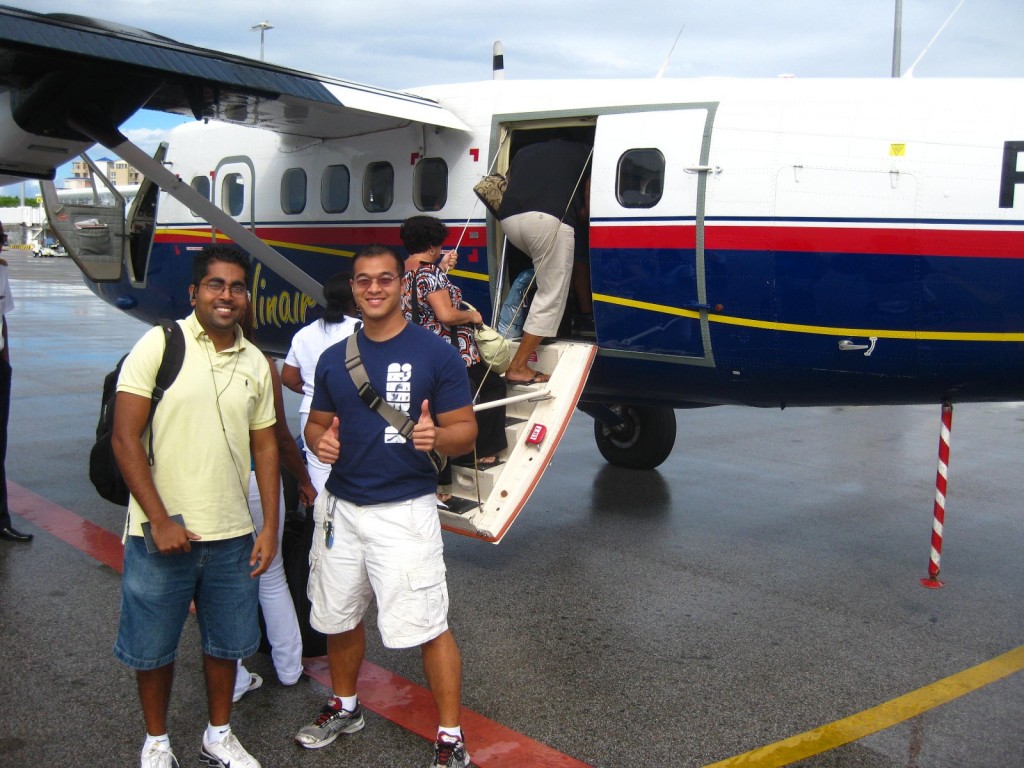
Saba had always fascinated me and ever since coming to medical school, I knew this was one of the islands I definitely wanted to visit before I left. There’s just something about it… it’s only 5 square miles, a dot in the ocean, and you can hardly locate it on a map of the Caribbean, let alone a map of the world. Yet as small as it is, it has a unique culture and beauty, different from any of its neighboring islands. This semester, I finally had the chance to go. Arif’s birthday had just passed and we were in the middle of the block at school. After buying roundtrip daytrip tickets and reserving a car, we were good to go.
After a cliff-side landing, the pilot immediately pulled the breaks, stopping the plane as soon as possible before it slides off the cliff on the other side of the runway. My first impression of Saba was the dramatic landscape. There were no beaches, no palm trees or vendors selling souvenirs to tourists. Instead, the land met the sea at vertical cliffs. Saba is a volcano, and a tall one. We took a taxi, ascending steeply up a zig-zag road to get to the village of The Bottom, which despite its name, is really at the top, just like all the other settlements on Saba, built on the tops of the mountains where land is flattest. The nearly all the roads on Saba cling to the side of the cliffs, giving dramatic views everywhere you go.
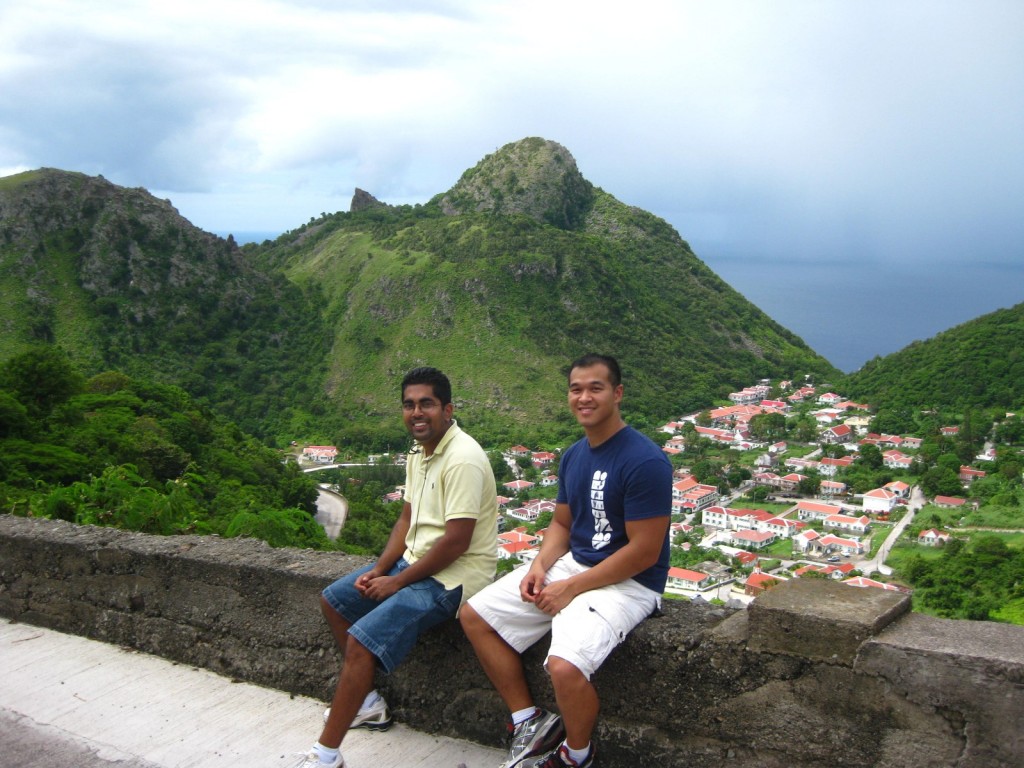
With a landscape as inaccessible as Saba’s, it makes me wonder why people would have even bothered colonizing this island. Yet today, there are 2000 people calling this rock their home. Everyone practically knows each other here, or at least treat each other like they know each other. Everyone waves on the street here, even to strangers like us. The people of Saba all seem very nice to each other. It’s no wonder that Saba is also often considered “crimeless.” Unlike AUC, there are no guarded gates into Saba University. There are no bars on the windows of Saban houses. We met a local resident who was very welcoming in letting us check out the amazing view from her back porch. Even at the car rental, the lady had no hesitation telling us to leave the key in the car when we return the car at the airport at the end of the day (after which they will come and fetch for it). Doing things and getting around seemed so much simpler and easier when we know it’s going to be safe.
As Caribbean med students, we had to visit our fellow students at Saba University School of Medicine on our first stop. This was a school that most of us looking into the Caribbean for school back in the days have probably considered at one point. I certainly had, and so it was interesting to see what my life would have been like had I chose to come here. If St. Maarten seems like an unexpected place to find a medical university, Saba is an even more unexpected place. Because of the size of the island and the lack of distractions, Saba seems like a good place where one can focus on studies. Yet, because of its lack of amenities like the nice big grocery stores and comparatively vast choice of businesses and restaurants we find here in St. Maarten, I probably would have become homesick very easily.
Saba’s campus is small and cute, and as every student probably knew each other, I’m sure people could tell we were visitors. We certainly got a lot of glances. There are five main buildings, and three dormitories. I really like how there is a nice, big student lounge full of couches for their students (and couches in the nooks and corners of other places around campus). I feel AUC could use a little more soft surfaces. Saba also has a new building dedicated to computerized testing. Inside this building, you see lots of cubicles with computers, similar to the computerized testing facilities back at home where I took the MCAT. Another facility I find unique is that they have an on-site day care center for students, faculty, and staff who have kids. They have a hyperbaric chamber facility on campus for those who want to do hyperbaric research. Of their five or six lecture halls, two of the largest lecture halls are separated by a removable wall in between them. Whenever they have ceremonies or school-wide events, they remove the wall, and they get a large auditorium-like facility. I also thought it was very cool how the access to the anatomy lab is by a numerical keypad on the door. Students punch in their codes to get access into the lab any time of day, 24/7. This is unlike AUC where lab is only open during certain hours and closed on weekends.
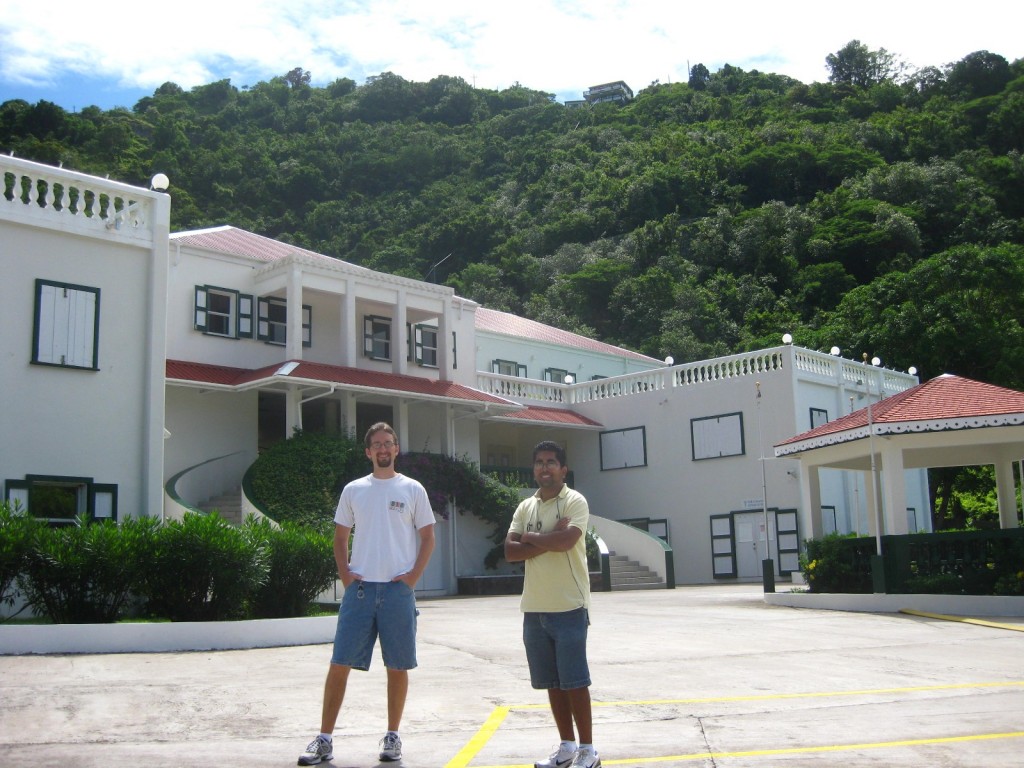
For an island as small as Saba, there’s a lot of scenic points to see, and the best way to explore the island is by car. We went to visit a place by the coast called Well’s Bay. Like any typical Saban coastline, it has a cliff meeting the sea. However, a few years back, there was a hurricane. Somehow the hurricane left some sand by the coast that revealed itself during low tides. Ever since, it became known as the “Disappearing Beach,” and the only “beach” on Saba, if you can even call it that. When we went, it was high tide, so we could only see the rocks. Otherwise during low tide, it would be a black sand beach, due to Saba’s volcanic origins.
Saba is a hiker’s paradise, and for the last few hours that we had to spend, we knew we couldn’t miss the trek up to Mount Scenery, which forms Saba’s volcanic peak, and really, Saba itself. Mt. Scenery is the highest point in the Netherlands, and more than twice as high as the tallest peak in St. Martin, Pic Paradis. It is easily accessed by the network of trails connecting virtually every part of the island. Before the construction of paved roads a few decades ago, these trails had been the main routes by which Sabans took to get from village to village. They had been used for centuries. Today, these trails are still well preserved, and most are paved in cobblestone or well-maintained.
After parking in the village of Windwardside, and picking up some trail information from the nature conservation office, we started the 90-minute climb to the top of Mount Scenery. Before the hike, 90 minutes sounded like it would be nothing. I underestimated the challenge. After the first 15 minutes of pure vertical climb, we were ready to take a b
reak. The next 15 minutes of vertical climb was even harder. Every step felt heavier, and every step I wanted to give up. But as I turn my head around and saw how high we had gotten, I knew it will all be worth it once we reach the top, so I gathered my efforts and continued up the steps. Seeing my friends taking the same challenges and climbing the same path gave me encouragement, and gave me the strength and support to continue. As we climbed higher and higher, we became closer and closer to the clouds and the temperature and ecosystem began to change. No longer do we see the low-lying shrubs and grass below, but age-old trees, ferns, moss, and elephant ears. As we neared the clouds, the air became a little chillier and the humid. After the full 9o minutes, we finally reached the peak, and we were surrounded by a rainforest in the clouds. After the clouds cleared, we felt we could see the whole world. We finally made it, and we made it together.
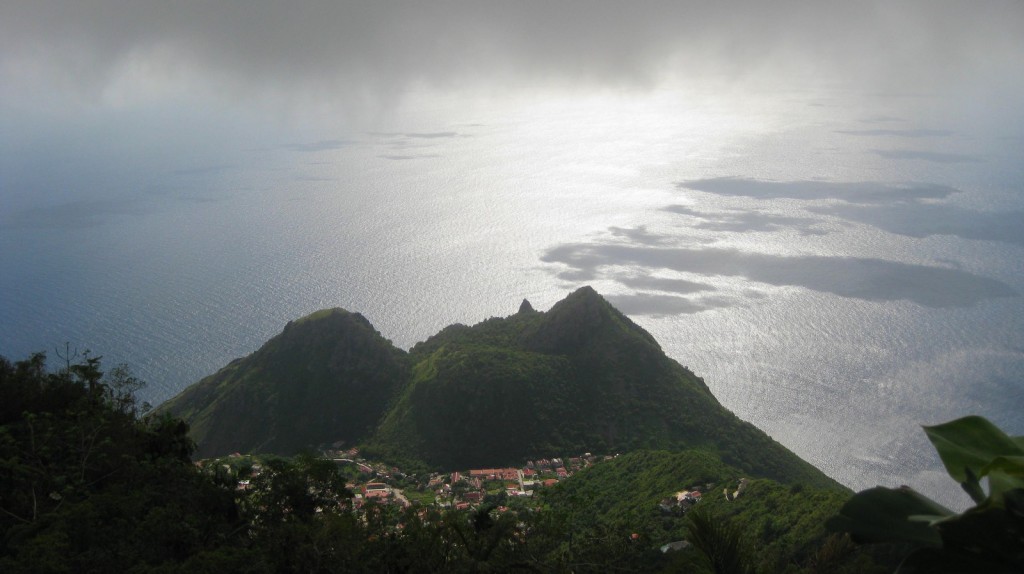
One day was not enough time to see Saba. There was so much more we could see if we had more time: exploring the sulphur mines, diving Saba’s world-renown pinnacles, checking out the abandoned village of Mary’s Point, checking out some traditional Saban laces and getting to know the people more… but with the little time we had on the island, I felt we made the most of it. We got to visit our academic counterparts at Saba University, explore the island freely by car and by foot, and conquer Saba. If I learned one thing during this trip, it was that accomplishment feels best when shared with others. This is true for climbing Mount Scenery, true for the completion of every small step along the way in med school, and certainly true in our future medical practice when we share the joy with the patients we help.

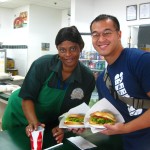
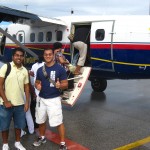
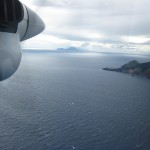
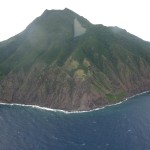
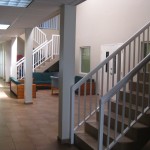
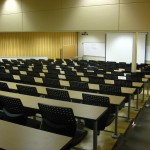
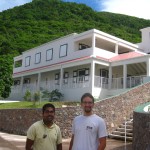
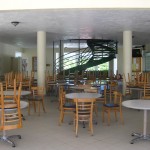
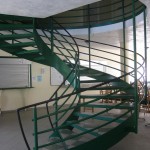
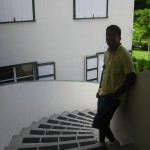
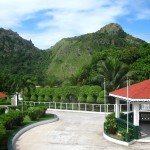
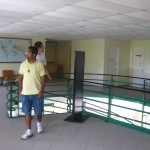
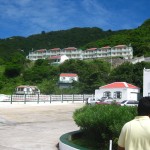
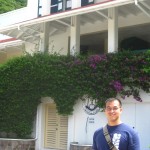
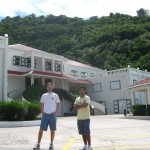
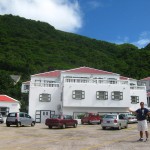
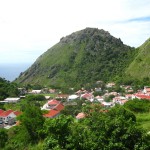
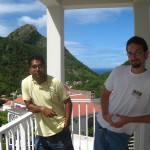
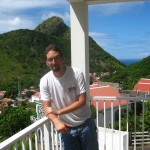
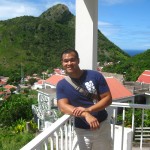
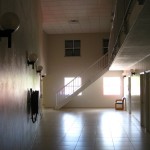
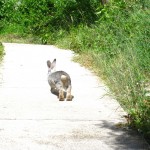
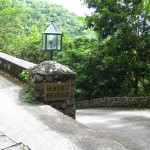
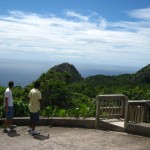
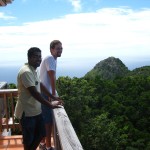
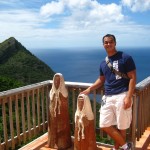
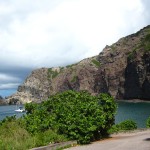
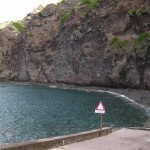
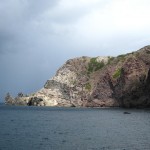
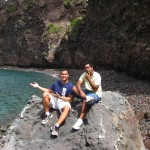
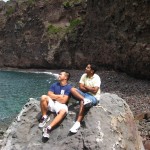
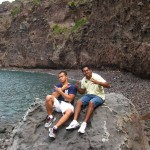
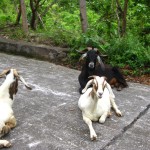
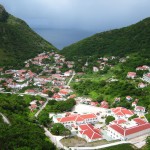
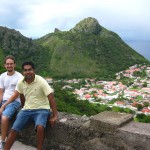
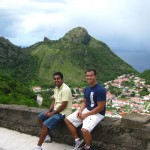
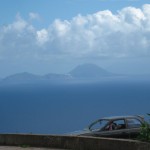
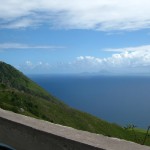
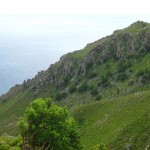
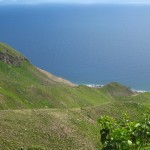
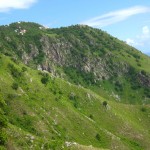
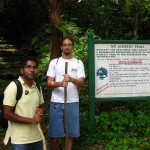
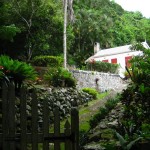
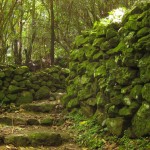
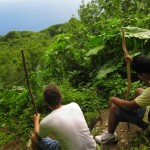
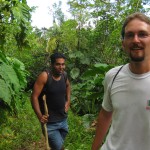
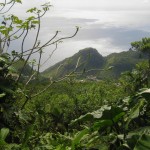
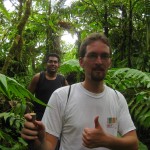
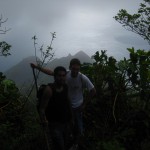
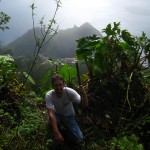
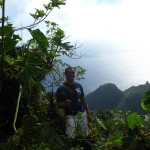
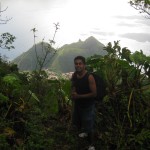
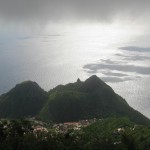
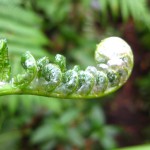
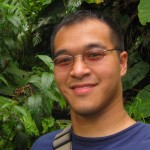
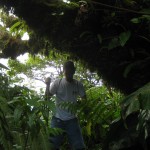
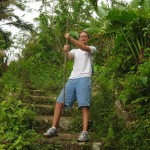
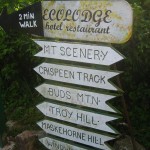
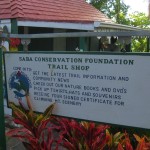
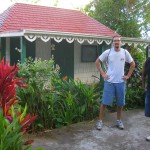
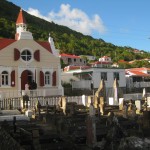
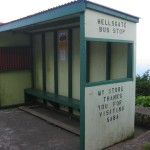
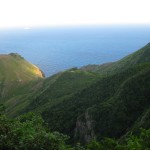
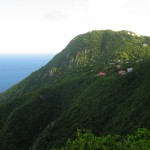
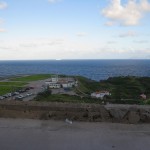
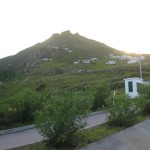
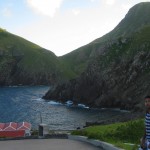
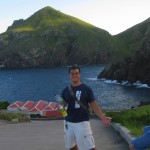
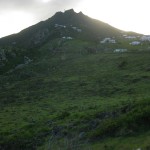
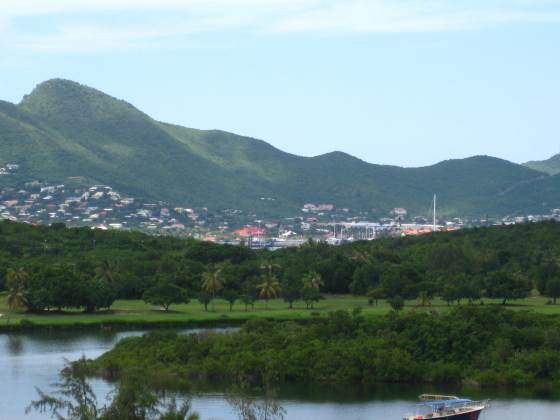








Hi
my son is leaving for Saba in January 2013. He will be starting his first year as a med student. any advice. maybe you could email me.
tks
Hi Cindy,
Congratulations on your son’s acceptance to Saba University. I’m sure he’s excited to start his medical school journey. My biggest advice is to stay positive no matter what happens. Saba is a small community and medical school is very challenging. Your classmates may be your only family there, and so it’s important to always support each other. For a feel of what it’s like being a student at Saba, I’d check out blogs of students who go there. Here’s one I recommend: http://sabamdthenlife.blogspot.com/
Best of luck to your son.
Benji
Hey I am planning to apply to SABA; but I was wondering what grades do they normally require? my GPA is only 3.0
Hi Ann, I don’t think there is a minimum requirement. They consider the whole application, including test scores, extracurricular activities, LORs, and essay. However, it is competitive to have a GPA that is average or above. To find this information, I would recommend contacting the school. Best of luck to you!
Do you recall how much the round trip flight was?
I remember it wasn’t cheap… like $180 or something like that. It’s been a while. I got it off of kayak.com.
Thanks for your post! It was great.
Thanks Michelle 🙂
Hey, I’m a Saba graduate from 2009, finishing up my fellowship in Child Psychiatry. Thanks for sharing your wonderful pictures, it really brings back the memories!
Hi Dr. Pinson,
Thank you for visiting my site and I’m glad you enjoyed the pictures! With its beautiful scenery, pinnacle dives, breath-taking hikes, and friendly people, I feel the island of Saba is a hidden gem that not many people know about. I really enjoyed my trip there. All the best to you in finishing up your fellowship, and always great to hear from a fellow Caribbean grad!
Benji
Hi,
We are in St Maarten at AUC. My spouse is the student here.
We want to visit Saba, but we have a dog name Luna. So, my question is:
Can we bring our dog? Will it be places to stay that accept pets?
How can we get to Saba with our dog?
Any information we’ll be appreciated.
Thank you?
Hi Martha,
I’m sure you can bring your dog. Here are some info on how to do that: http://www.pettravel.com/immigration/saba.cfm
I’m not familiar with hotels that accept pets there, since I’ve never done it personally, but I’m sure you could contact them.
Also, if you find it too much trouble to bring Luna to Saba, you could always join AUC Doggies Play Group (https://www.facebook.com/groups/477767335632127/) and see if there are anyone there who would be willing to look after her.
All the best, and have fun in Saba.
Benji